thephilosopher
simply asking difficult questions
Life through the Google Glass
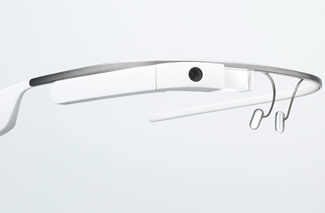
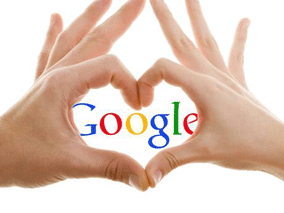
See something you like; look at it through heart-shaped fingers; and automatically share it with your friends. Or, see a picture; frame it with your fingers; and automatically save a perfectly cropped image. These are just two examples of gesture-actions that are likely to make it to an early incarnation of Google Glass.
One way or another we are about to start seeing the world, and interacting with it, through a technology interface. And this is good news for efficiency, but (aside from those just showing off!) what we are eventually going to want is for the interface itself to become invisible. Just as the Startrek character Geordi La Forge progressed naturally (or unnaturally) from his VISOR ("Visual Instrument and Sensory Organ Replacement&rdquo![]() to having ocular implants, so too Google Glass itself may be just too ‘visible’ for some.
to having ocular implants, so too Google Glass itself may be just too ‘visible’ for some.
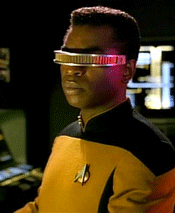
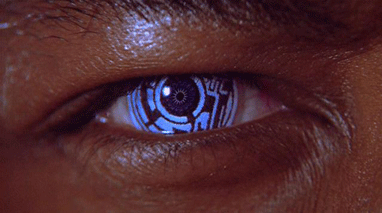
And there is a real-life progression towards this kind of Cyborg technology. Last year it was reported that a team from Harvard university led by Charles M. Lieber had succeeded in growing a 1.5 centimeter cyborg human blood vessel. And Google Glass engineers have probably already taken note of recent advances in lens implant technology. This month saw a BBC documentary uncover the story of Ian Tibbetts who is one of many to have had his sight restored after pioneering surgery by Christopher Liu of the Sussex Eye Hospital in Brighton. The surgery involves having a lens inserted into a tooth that, after having soft tissue grown around it, is later inserted into the subject’s eye.
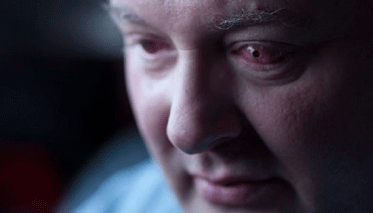
There are at least two distinct points to draw:
Firstly, how long will it be before seamless technological interfaces are the norm and at what point will we recognise the transition from human to cyborg? Of course the recognition would have to come before the event, and perhaps it is already too late. As our thirst for information and communication grows with our expanding population, the most efficient nations on our planet already appear outwardly to be the least emotional. Emotion, it seams, isn’t efficient.
And secondly, Google Glass looks cool ![]()
Ian Dyball